
Students Learn Aquatic Physical Therapy at St. Philip’s College
Amy Quesenberry, PTA, M.S.CIN, ATRIC, and Assistant Professor at St. Philip’s College in San Antonio, is an aquatic therapy advocate. She is also director of
Home » Resources » For Professionals » Injury Rehabilitation
There’s nothing worse for an athlete than being sidelined by an injury. With aquatic therapy, the weightlessness of water creates an ideal environment to stay conditioned during injury rehabilitation. Athletes can continue to workout at an intense level without risking further damage or injury.
The properties of water: buoyancy, viscosity, and hydrostatic pressure are key factors in hydrotherapy success. Another important hydrotherapy tool for rehabilitation is a hot plunge pool. The warm water helps loosen muscles for better rehab and conditioning sessions.
* Read how a Florida recovery clinic is helping patients with injuries to their spinal cord recover with hydrotherapy.

Amy Quesenberry, PTA, M.S.CIN, ATRIC, and Assistant Professor at St. Philip’s College in San Antonio, is an aquatic therapy advocate. She is also director of
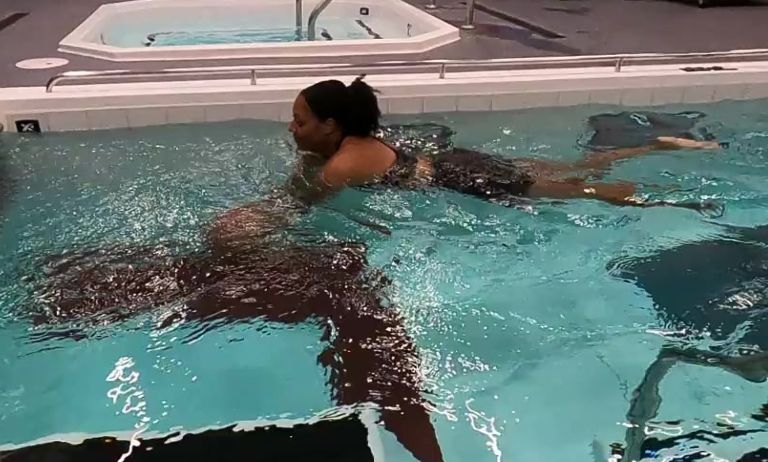
When recovering from hip arthroscopy, hydrotherapy complements land-based rehab. Patients should wait for the incision to heal before entering the water. This lowers the risk
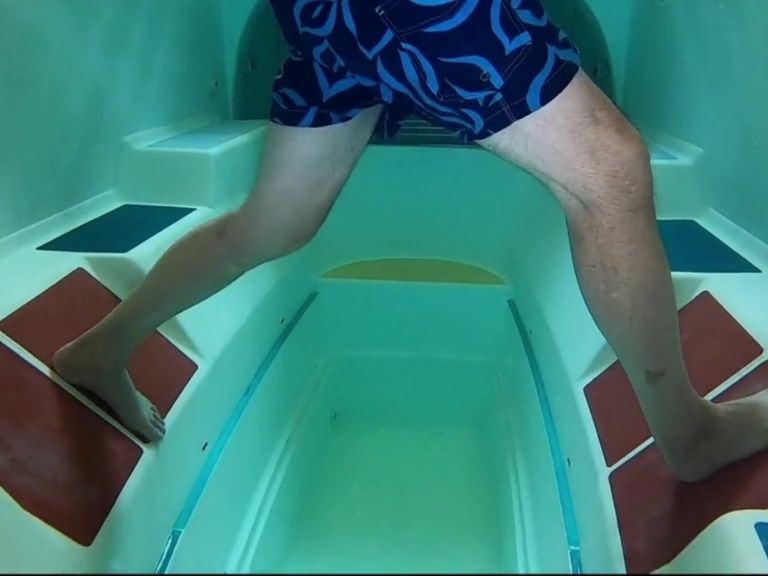
Achilles tendon rupture, a prevalent injury, particularly among athletes, can effectively be managed through a comprehensive Achilles tendon rehab program that incorporates hydrotherapy as a
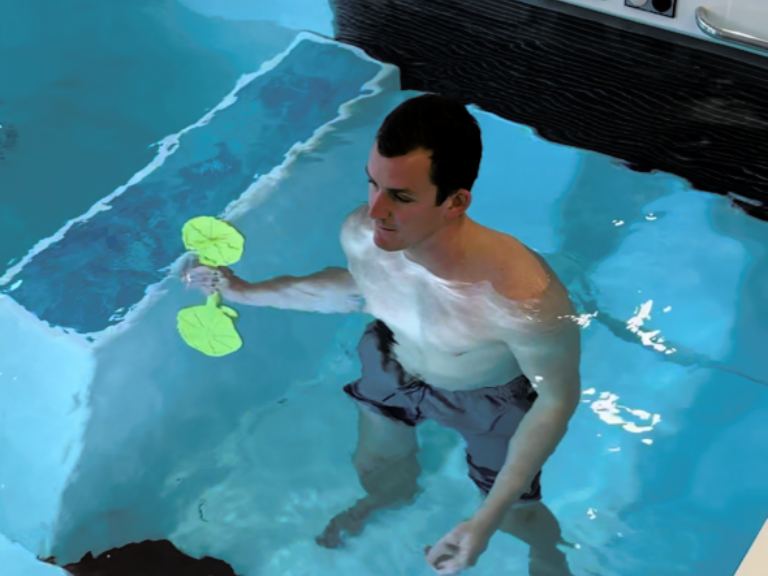
Hydrotherapy can play an important role in shoulder rehabilitation. Because of the buoyancy of the water, there is less load, allowing for shoulder activity to
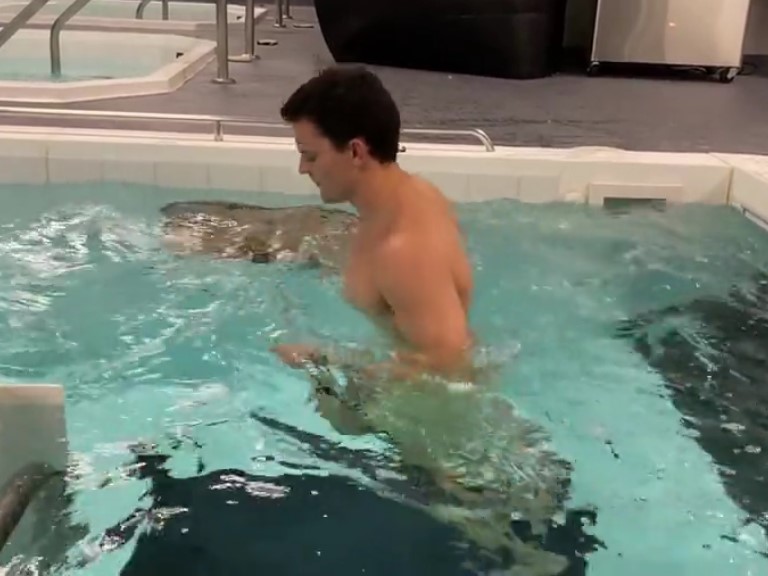
Running is a human locomotion technique used in most sports, but not all athletes run well, or with good running form. After an injury, it
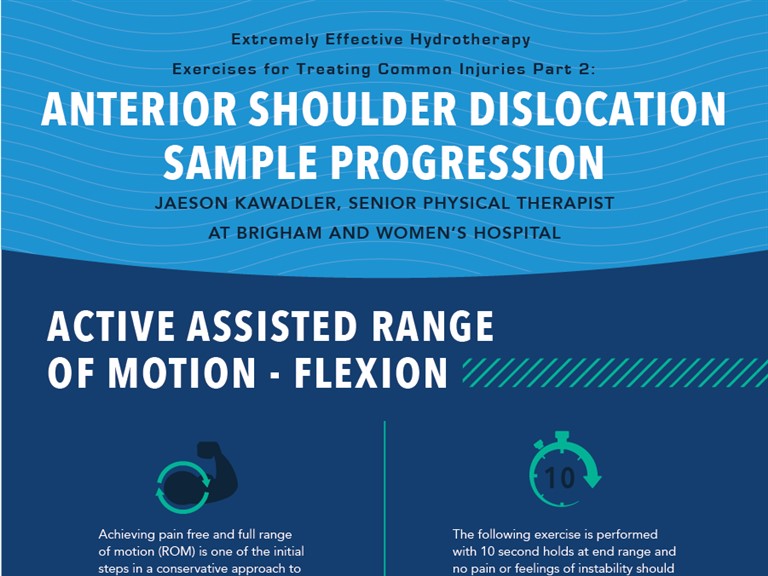
Anterior shoulder dislocation is a common injury, especially for athletes and active individuals. It’s important for the injury to heal completely, but many times the